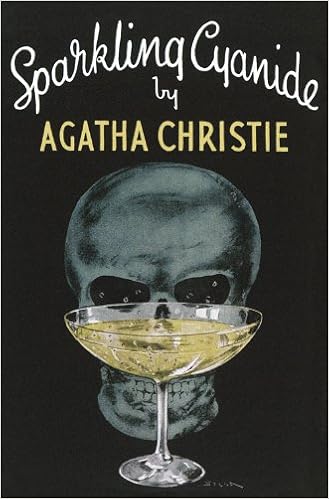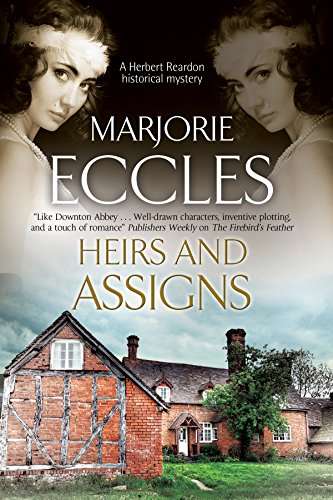
Published in 1945, Sparkling Cyanide, unusually for a Christie novel, has no dedication. The detective figure is Colonel Race, in his fourth and final outing. He features first in The Man in the Brown Suit, and also in Cards on the Table and Death on the Nile. Race formerly held a senior position in M.I.5 and is a friend of Hercule Poirot. We’re in good hands.
This novel demolishes the widely held view that Agatha Christie wrote two dimensional characters. The first part of the book follows six people thinking over the events of a year ago, when Rosemary Barton, a lovely young heiress, committed suicide.
Christie writes vivid sketches of these fully-realised characters. We learn their innermost thoughts about the dead woman. Not every thought, mind you, for one of them may be a murderer. What is fascinating is the way in which the characters come to understand more about themselves by remembering the victim. As so often, distance brings surprising insights, often disconcerting. The writing is effortlessly natural, no exposition or significant facts shoe-horned in here.
The previous autumn, Rosemary Barton keeled over at a dinner held to celebrate her birthday. The other guests were her husband, young sister, a married couple, a bachelor friend and her husband’s secretary. A confidential secretary, male or female is almost a de rigeur figure in Golden Age ‘household’ mysteries. Each one has a possible motive for murder.
A year later, her widower, George Barton, arranges a dinner at the same restaurant table with the same guests, plus Colonel Race, who had been invited previously but unable to attend. A trap is being set, despite Race strongly advising Barton not to go ahead.
He had known George Barton ever since the latter’s boyhood. Barton’s uncle had been a country neighbour of the Races. Race was over sixty, a tall, erect, military figure, with sunburnt face, closely cropped iron-grey hair, and shrewd dark eyes.
The restaurant, the Luxembourg, is a smart West End establishment with dancing – to soft negro music – and entertainment. A description of the latter gives an interesting glimpse of the times.
Suddenly there was a roll of drums – the lights went down. A stage rose in the room. Chairs were pushed a little back, turned sideways. Three men and three girls took the floor dancing. They were followed by a man who could make noises. Trains, steam rollers, aeroplanes, sewing machines, cows coughing. He was a success. Lenny and Flo followed in an exhibition dance which was more of a trapeze act than a dance. More applause. Then another ensemble by the Luxembourg Six. The lights went up.
Colonel Race dominates the third part of the novel, together with Chief Inspector Kemp of Scotland Yard. Another intelligent, likable character, he worked under Superintendent Battle, another old friend to Agatha Christie fans. (In Cards on the Table, published in 1936, Battle worked with Poirot and Colonel Race).
The denouement is wonderful, yet again. Revealed after a succession of suspects in the frame, deceptively simple, a strong motive is concealed by a dazzling sleight of hand, worthy of a conjuror from the Magic Circle. Highly recommended, as always.





